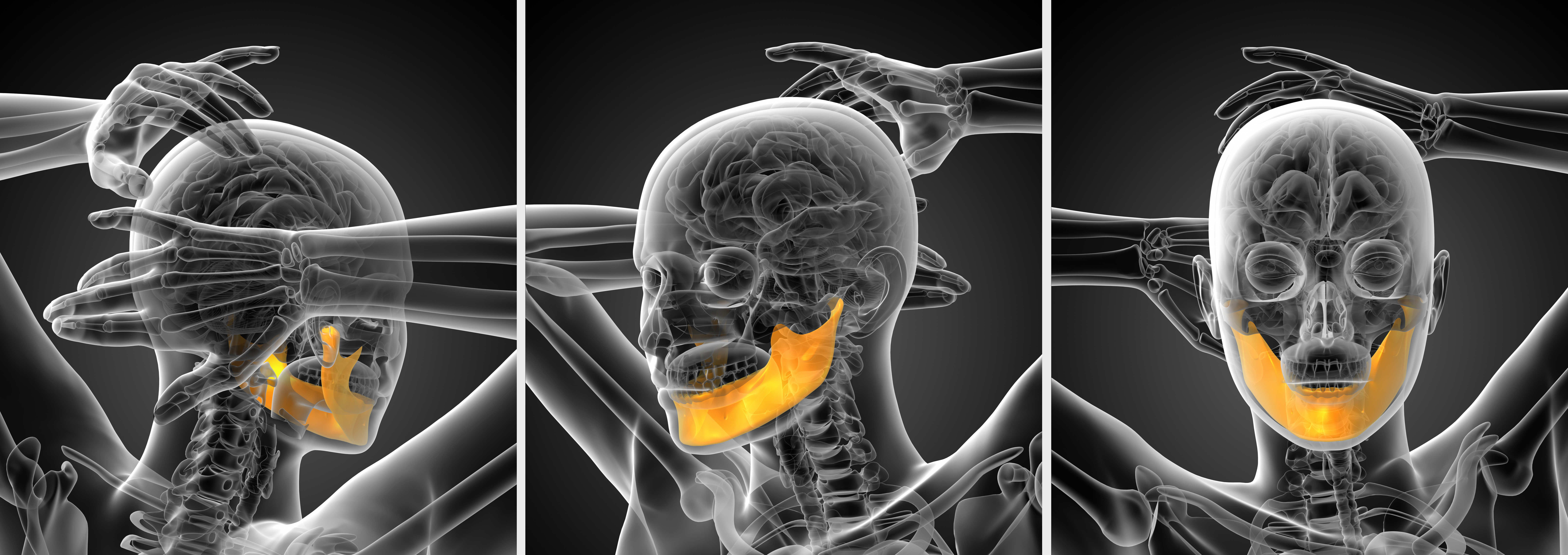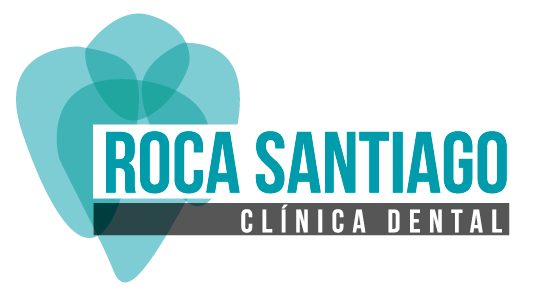DENTAL OCCLUSION / TMJ
Poor occlusion leads to a biomechanical overload of the implant and its components, causing a failure in the medium or long term. Controlling all the parameters is an essential part of enjoying healthy implants.
WHAT IS DENTAL OCCLUSION?
The starting point for any occlusal therapy is the C. R. If it is lost, we must return to it and respect it when connecting our prosthesis to the implants.
Out of all the jaw positions, the C. R. is the only one that leads to the physiological harmony of the system, with the least forces exerted on the TMJ, muscles, ligaments, teeth, periodontium and bone-implant interface.
The prosthesis on implants should not prevent the condyles from being positioned freely by the muscles and ligaments towards the most relaxed position in their glenoid cavity.
It can be said that when seeking to maintain the harmony of the stomatognathic system and the long life of the implant prosthesis, the first thing to think about is the disocclusion rather than the occlusion, and that the front teeth and their correct coupling are the best prepared for this. There can be no subsequent disocclusions without this condition, without which parafunctional episodes can occur, putting stress and overload on the implants.
In this way, the front teeth protect the back teeth during excursive movements of the jaw, since they are the only ones that should ideally be involved in this function.
The back teeth will protect the front teeth when closing the jaw. The number of roots of the molars, their distribution, the bone in which they are embedded, the occlusal surface and the smallest proprioception, make this possible and even logical.
When we fit prostheses on implants, we have implants with less surface area, less bone height-width, worse distribution and an occlusal surface similar to the natural one. Our planning must take all of this into account, and the number of implants, the diameter or both must be increased. We have to improve their distribution and create aferrule effect to distribute forces. We must remember that there are no protective proprioceptive mechanisms, so patients tend to bite harder “without feeling what they are doing”
A failure to take the occlusal parameters into account during implant restoration can have consequences due to biomechanical overload, such as:
- Early, medium-, or long-term failure of the implant
- Early loss of bone from the crest, medium to long-term bone loss.
- Loosening of screws (from the abutment and the prosthesis crown)
- De-cementing of the prosthesis,
- Fracture of the components (porcelain fracture, fracture of the prosthesis),
- Peri-implant disease (due to bone loss).
TRY US OUT
THE FIRST APPOINTMENT IS FREE. GET AN APPOINTMENT:952 58 36 83.
If you prefer, you can complete the form and we will contact you.
